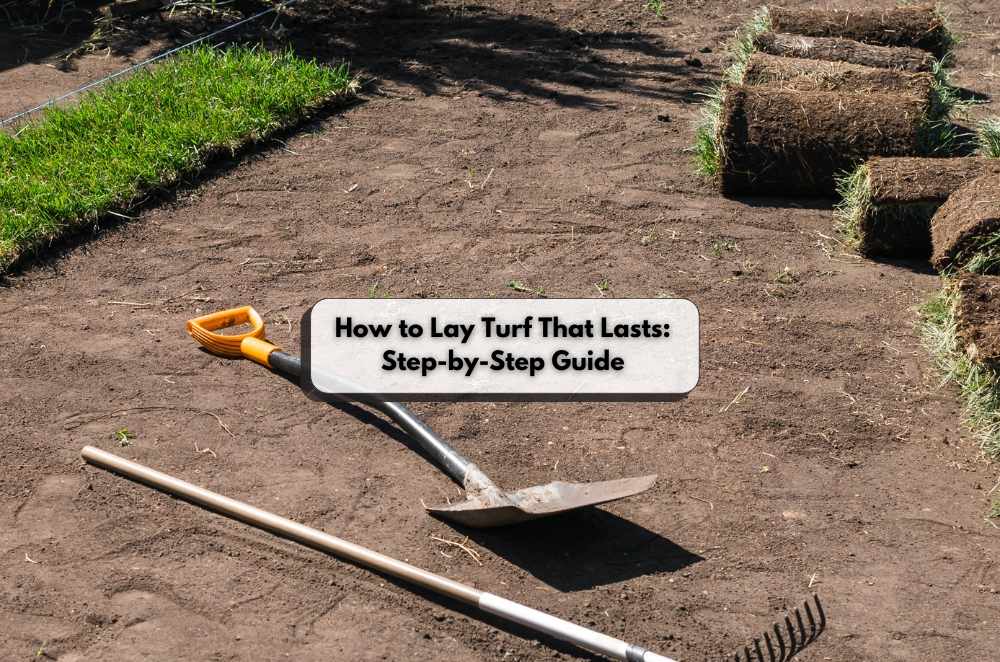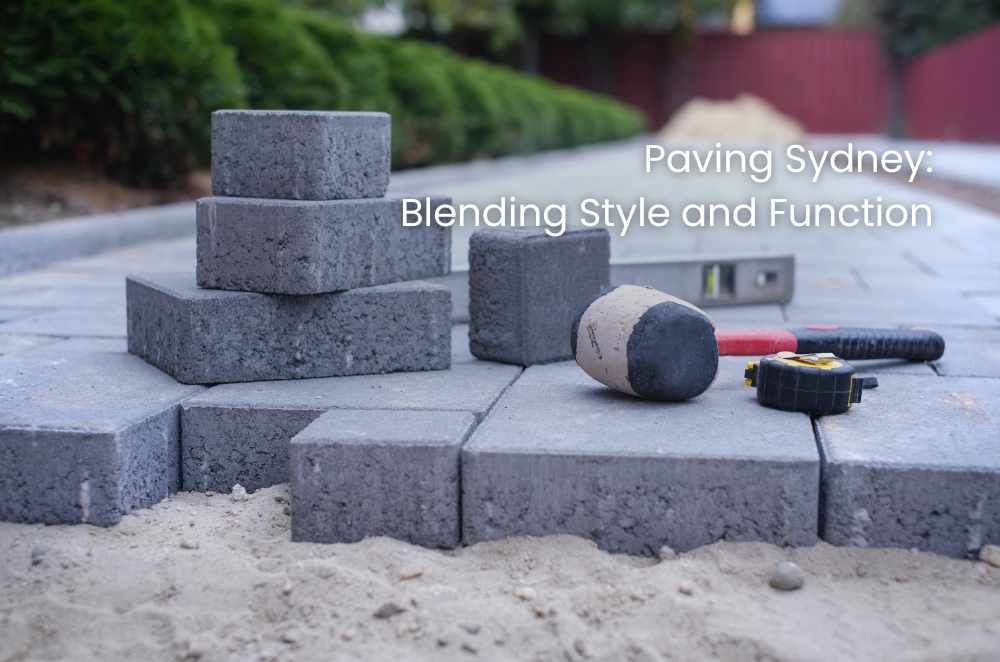
Great turf looks effortless, but getting there isn’t luck. It’s smart prep, careful laying, and aftercare that sticks. We start with the base levels, drainage, and clean edges, then match variety to light and foot traffic so your lawn stays green through summer and soft under bare feet. Timing matters too: lay fresh, roll tight, water early, then taper. If you want a lawn that beds in fast and doesn’t fight you every weekend, work with pros who treat soil health and installation as one job. Meet our turf installation experts for residential projects. We assess shade, fix compaction, amend soil, and finish with crisp seams and a steady routine all season.
How do we prepare turf for success?
We fix the base first—depth, levels, and drainage—then lay, roll, and water on schedule. That sequence helps roots bite quickly and evenly.
Soil profile 100–150 mm deep firm sub-base prevents soft spots and scalping later. We loosen compacted soil, blend in compost, and correct grades so water moves without pooling. Sod goes down the day it arrives; joins are staggered and pressed tight. Watering begins immediately, then gradually decreases over two to three weeks, allowing roots to grow deeper rather than remaining shallow. Edges meet paths and garden beds cleanly to stop creep. Keep foot traffic light for a fortnight and postpone the first mow until the turf resists a gentle tug, usually 10–14 days in warm conditions. For planting ideas that pair well with a lawn, consider Sydney garden landscaping ideas.
• Levels tight to hard edges
• Roll immediately after laying
• First mow high, blades sharp
Which turf suits my yard conditions?
Match the variety to sunlight, soil, and wear. Shade tolerance and recovery speed matter more than catalogue colour.
Full-sun, high-use lawns often do well with couch or hybrid Bermuda thanks to their quick recovery and dense thatch. Patchy shade and cooler pockets favour soft-leaf buffalo, which holds colour and tolerates lower light. Coastal sites benefit from salt-tolerant selections. We also consider factors like mowing height, blade feel underfoot, and how quickly the lawn recovers after use by kids and pets. Fertilise little and often once established; heavy single hits can burn. Mulch-mowing returns nutrients without smothering new shoots. If weeds appear, hand removal is recommended early; delay herbicides until the lawn is robust enough.
• Choose actual sunlight hours
• Pick durability for kids and pets
• Set mowing height to the cultivar
• Aerate seasonally on compacted ground
What’s the bottom line on turf laying?
Preparation wins; precision keeps it beating. When the base is right, the lawn settles fast and stays greener with less fuss.
Fix drainage before any roll touches soil, and don’t skip the soil work—amend, level, and clear debris. Lay fresh turf the day it’s delivered, keep seams tight, and roll to seat roots. Water at dawn for the first fortnight, then taper as the profile retains moisture deeper. Keep the traffic light, then make the first mow high and clean. Maintain with modest, regular nutrition and seasonal aeration if the ground compacts. Do you need timing cues and a pre-season checklist for our city’s conditions? Seasonal turf preparation is essential.











Write a comment ...